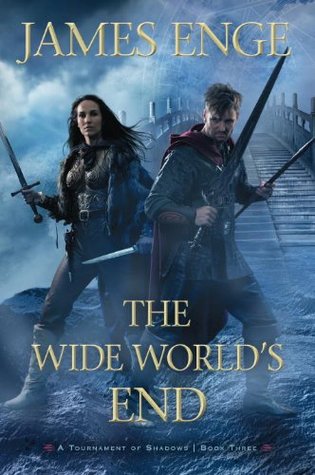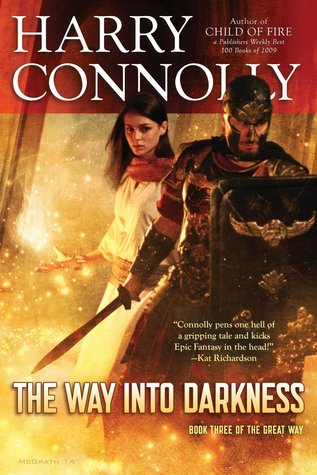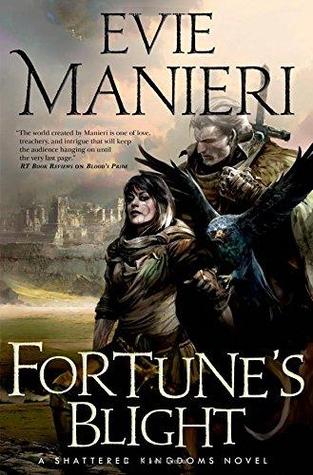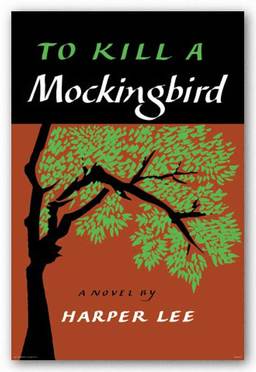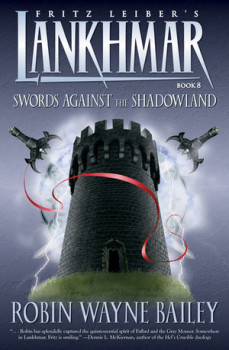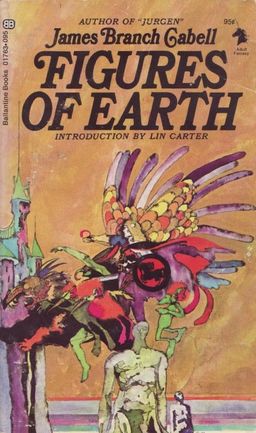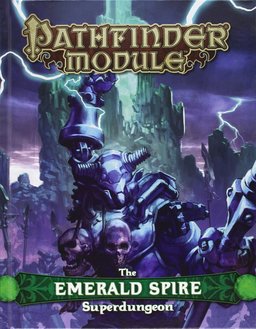 I’ve been playing AD&D with my kids and their friend Will a few days a month (yes, that’s first edition Advanced Dungeons and Dragons. It’s the only version I know how to play. Plus, used copies of the rules are still cheap.)
I’ve been playing AD&D with my kids and their friend Will a few days a month (yes, that’s first edition Advanced Dungeons and Dragons. It’s the only version I know how to play. Plus, used copies of the rules are still cheap.)
As I mentioned in my 2013 article, I’ve been gradually running them through Gygax’s classic adventure modules, and setting them on the Outdoor Survival map, just as Gygax used to do. Right now we’re in the middle of G2: The Glacial Rift of the Frost Giant Jarl, which is just as much fun as I remember it.
I mention this because they’ll soon be done with Gygax’s Against the Giants adventure modules, and I’ve been on the hunt for another epic adventure to involve them in. These days it’s superdungeons that get all the good press, and I can understand why. Nothing gets players excited like a truly epic adventure they can sink their teeth into.
I’ve been extremely impressed with the Pathfinder adventures I’ve purchased in the past — including the massive 420-page Rise of the Runelords, a gargantuan hardcover collection of the first six Adventure Path modules — so when I heard Paizo was releasing a standalone supermodule, I thought it would be worth checking out.
The Emerald Spire Superdungeon (yes, Superdungeon is part of the actual title — how cool is that?) was released last summer, and it’s as ambitious and as gigantic as I could have hoped. The dungeon spans a whopping 16 levels, designed by superstars like Ed Greenwood, Frank Mentzer, Michael Stackpole, Lisa Stevens, Sean K. Reynolds, and many others.
…
Read More Read More




